4th International Wind Empowerment Conference
WEIndia2018
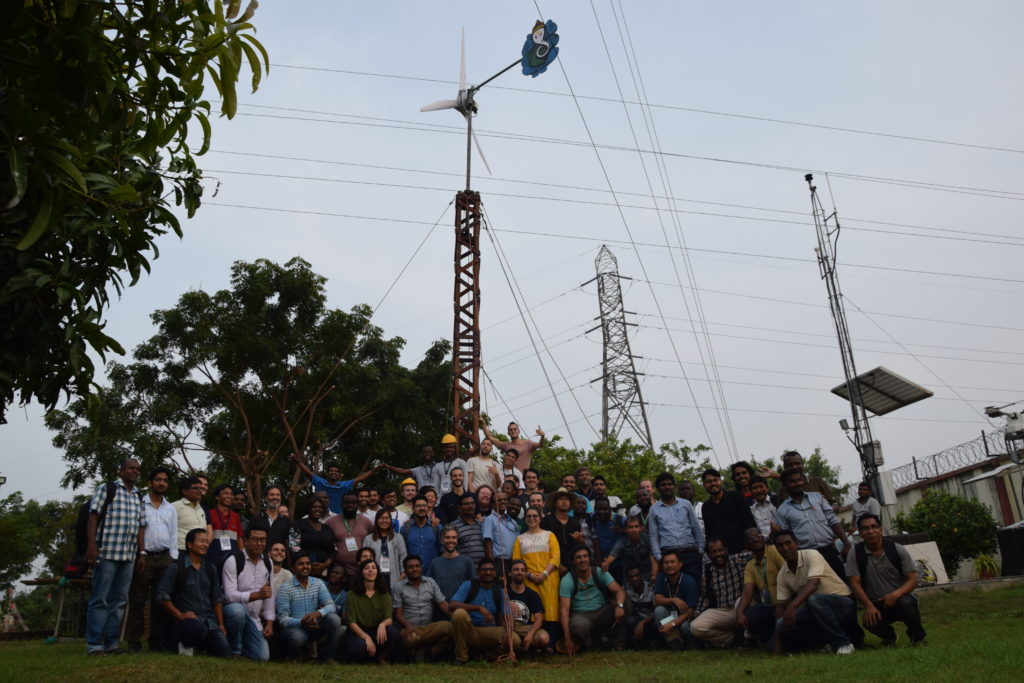
Wind Empowerment workshops and conference in Chennai, India
The 4th Wind Empowerment International Conference, WEIndia2018, took place in Chennai, India, jointly organized by Wind Empowerment and the Indian National Institute of Wind Energy (NIWE) from November 30th to December 14th, 2018.
For the first time, before the actual conference, Wind Empowerment organized an 8-day series of hands-on manufacturing workshops with more than 100 participants from around the world. During the workshops hosted at NIWE’s warehouse and conference areas, the participants were instructed by Wind Empowerment trainers to construct all parts of a wind turbine, from blades and generator to tower and electronics. The non-patented designs by small wind expert Hugh Piggott were used to manufacture two wind turbines (800W and 500W), and open designs, developed by practitioners within the Wind Empowerment network, to construct a wooden tower, fiberglass blades, a water pumping system, a charge controller, a datalogger and modular power electronics. The constructed equipment was then assembled, bench tested, installed and field tested at NIWE’s Wind Turbine Test Station.
Different phases of the small wind system construction: generator, metal work, wooden and fiberglass blades, wooden tower and electronics.
After the workshops, three days of conference and roundtables allowed representatives of wind energy from around the world to exchange their knowledge and delve deeper into technical and methodological discussions. This has been an opportunity to focus on technical details with major importance such as the height of the mast and the placement of the system and discuss a wide variety of topics: Standards, Testing and Quality Control, Micro-Grid opportunities, Distributed power electronics, Productive uses, Market Assessment and Sustainability Assessment of small wind turbines for rural development amongst others. On this occasion, international projects were also presented, such as experiences from Nepal, France, Tanzania, Peru and Argentina.
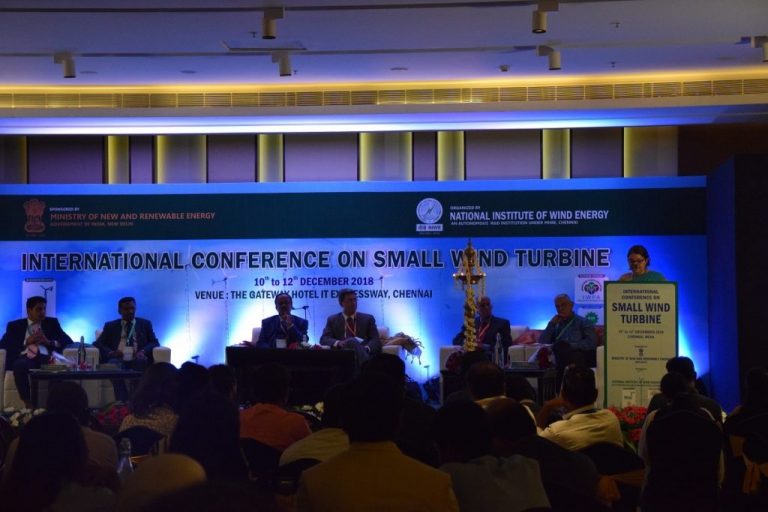
International interest
The workshops and conference were attended by more than 150 participants from 40 different countries. Many of them were foreign government representatives, from each country’s Ministry of Energy or National Electrification Agency, who were invited by the Secretary of the Indian Ministry of Foreign Affairs to, as well as representatives from NGOs, universities, entrepreneurs, students from the renewable energy sector and enthusiasts.
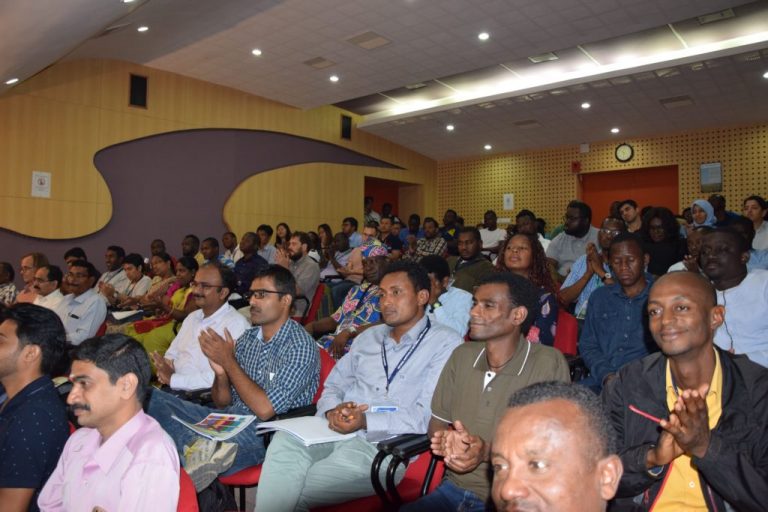
The different rates of access to electrification between countries generate different interests for participation in these conferences. For countries with high electrification, it is an environmental issue to develop or initiate renewable energies.
For example, Morocco, which imports 98% of its energy, seeks to be its own producer with a target of 2030 solar energy and one third wind energy. They have an interest in pumping from small wind turbines.
Another situation, Cameroon, producing all of its energy with hydroelectric and fossil fuels has the will to diversify its sources of energy. Already 11 measurement sites exist including 5 dedicated to photovoltaic, 5 to mini-hydro and 1 to wind power. The interest of participating in the conference is to better understand how to develop the small wind farm at the rural level which has a 35% electrification rate while it reaches 69% at the national level. According to the representative of the Ministry of Water and Energy, the main obstacle being the lack of training in the field of wind, he hopes that the return he will make to the government will give sufficient impetus to develop wind energy that has its place in some parts of the country.
For the Ivory Coast, setting up small wind has potential in the coast areas of the country. They are working on a wind atlas project to confirm the best wind areas. Their goal is to reduce greenhouse gas emissions by 28%, particularly in the energy sector, and to reach 16% renewable energy by 2030.
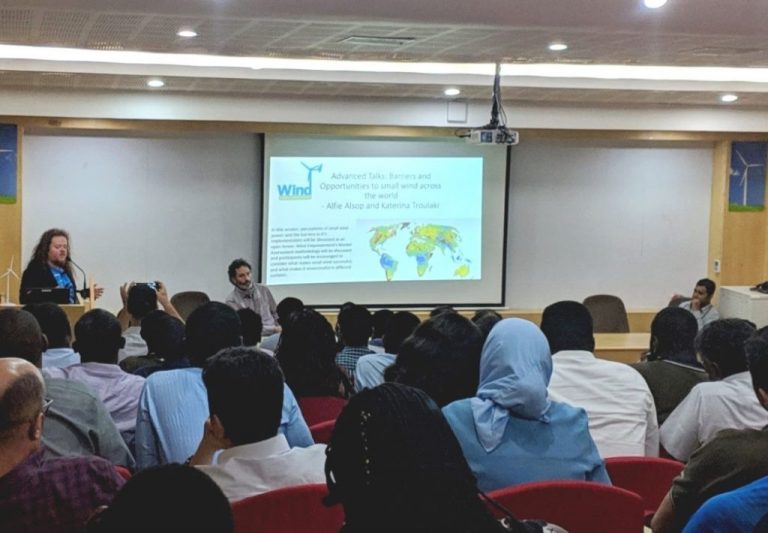
The stakes are different for countries with low electrification rates. The small wind turbine represents a solution for isolated sites on the one hand for its relatively simple implementation, on the other hand because it is a source of clean energy.
In Niger, with 13% access to electricity, solar systems (mostly individual) are the most widespread, but the government wants to diversify its sources of energy. Chad faces a harsher situation with only 6.4% of electrification and less than 1% in rural areas. The goal is to reduce the cost of the kWh and to reach 30% solar however the wind would seem to be more adapted in the North of the country.
The participants in these countries have a strong interest in wind energy and this workshop and conference has only increased the desire to get started, but several obstacles have been highlighted. Apart from the economic brakes, the wind is still unknown in comparison to solar energy and the lack of expertise is a problem for the installation and maintenance. Moreover, it is necessary to make a preliminary study of places where small wind can be installed, to have a map of the winds of the country, all this requires time. The conference has contributed to the improvement of knowledge in the wind field for each country and also made for exchanges between the different countries and also with the Wind Empowerment network. It is time to get started.

Future partnerships
These two intense weeks have been rich in information, generating great interest and momentum among participants. Nehemia Rong, tomato and pepper producer from Manipur (North East India), leaves with the idea of installing a wind turbine for his farm. José Armando Gastelo-Roque from Peru does research at the university and works at WAIRA (which means “wind” in Quechua) a company working on renewable energies. Sebastian Ochoa from Colombia works in a company generating energy from biogas. Both would like to set up a Wind Empowerment project in their respective countries.
Several partnerships have been initiated: ACE, a student NGO from France and Ecosoum, a small association in Mongolia are already in discussions to implement a pilot small wind project in a Mongolian village with the long-term perspective to make electrification in rural Mongolia more sustainable. Jeff Martins from Liberia is collaborating with Wind Empowerment members to identify local communities in his country with potential for small wind implementation to perform a data measurement campaign. Many more country representatives want to boost the development of wind energy as a complementary solution to solar or hydro generation, such as in Cameroon or Benin.
From India alone, four organisations have become members of Wind Empowerment: KCG College of Technology, Revayu Systems, Gramin Tantradyan Sanstha and KAC Fibres. We are excited to see them collaborating with other members all over the world and sharing their experience within the small wind sector.
Wind Empowerment coordinator, Jessica Rivas, hopes that these events will be the first step on a positive direction moving small wind forward in India and across the world. “Tools, knowledge and expertise has been shared with an international audience, now it is time to transfer and spread what was learnt in Chennai with the people back home.” The wind rises!
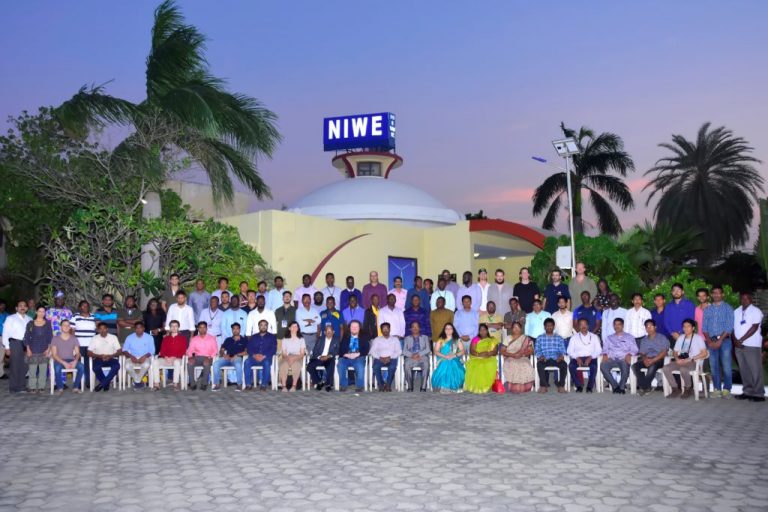
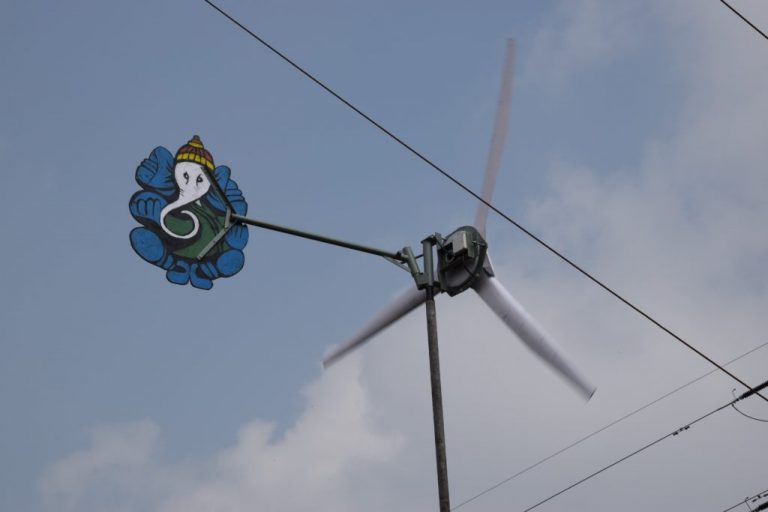
We are enormously grateful to the WISIONS Initiative of the Wuppertal Institut für Klima for funding and supporting this event. Without their continuous support, it wouldn’t have been possible to bring together small wind experts from 18 different countries to teach the workshop courses, sit on panels at the conference and share their experiences of small wind in their local contexts. We are also sincerely grateful to the National Institute of Wind Energy (NIWE), for their financial support and for hosting the event and working with us to make the most of a fantastic opportunity.
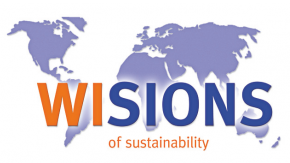
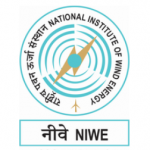
The WEIndia conference on the LCEDN blog:












